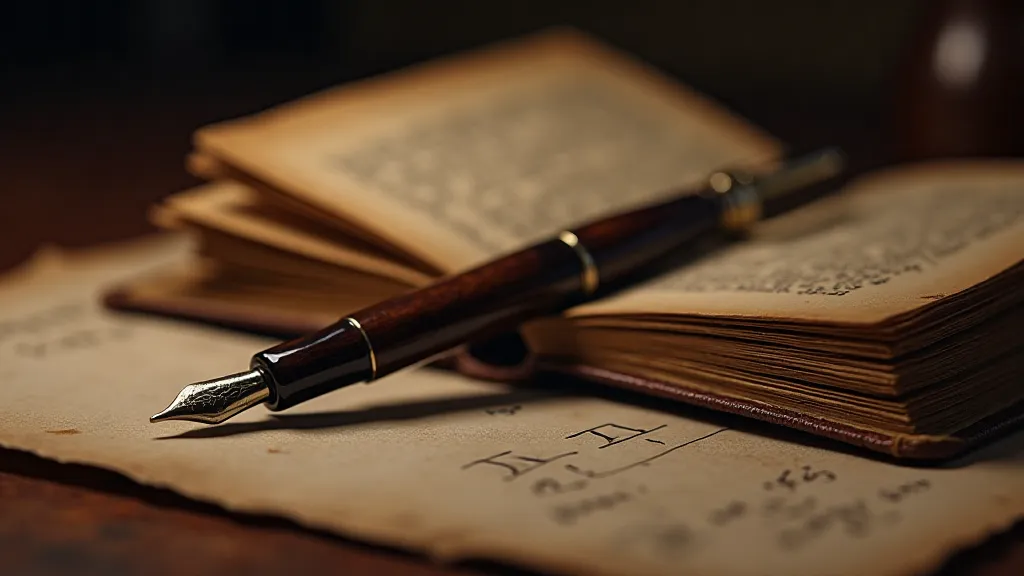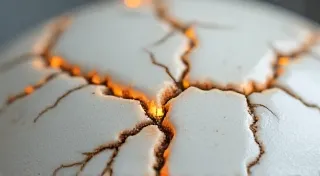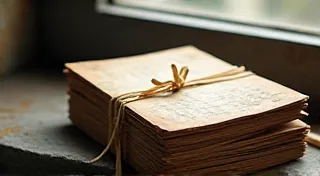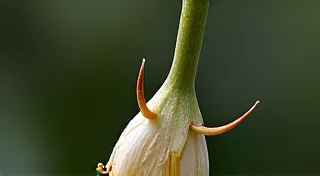The Quill’s Whisper: Deciphering Inscriptions on Restored Pens
There's a particular magic that settles over a restorer’s workshop – a quiet reverence for objects that have journeyed through time. It’s not merely the act of cleaning or repairing, but the possibility of unveiling hidden stories, of listening to the whispers of the past held within the metal and plastic. For those of us drawn to vintage calligraphy pens, that whisper isn’t just about the ink they once spilled, but the inscriptions they bear: names, dates, promises, and fragments of forgotten lives. These aren't just markings; they’re echoes.
I remember the first time it truly hit me. I was working on a particularly stubborn Waterman’s Ideal from the early 1900s. The nib was stiff, the sac had long since perished, and the barrel was clouded with years of neglect. But as I gently polished away the grime, a name emerged – "Eleanor Vance – 1912." Suddenly, this wasn't just a pen; it was Eleanor’s pen. I could almost picture her, a young woman in a tailored suit, carefully composing letters to loved ones. The inscription transformed the object from a mere artifact into a tangible link to a personality, a story, a moment.
This ability to connect with the past is what draws so many of us to pen restoration. And a crucial part of that process isn't just about the mechanics—the cleaning, the nib adjustment, the sac replacement—but about recognizing and preserving those inscriptions. They are, in essence, the pen’s personal history.
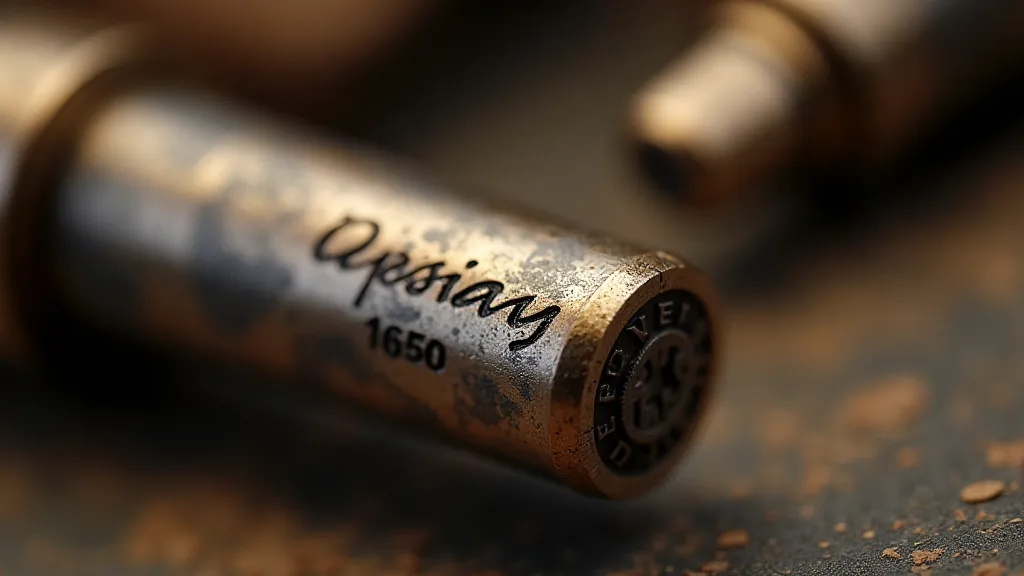
The Language of the Past: Common Inscriptions
The types of inscriptions you encounter on antique calligraphy pens vary greatly, reflecting the eras and the cultures that produced them. Some are straightforward – a name and perhaps a date. Others are more poetic, bearing short phrases, quotes, or even personalized mottos.
Names and Dates: These are the most common. Often, they represent the original owner. Sometimes, the name is simply engraved; other times, it’s accompanied by a date of purchase or even a significant year in the owner’s life. Tracing these names can be surprisingly rewarding. Ancestry websites and historical records can sometimes shed light on the individuals who once held these pens in their hands.
Makers’ Marks and Patents: While not personal inscriptions, these markings are integral to understanding the pen’s history. Early pen manufacturers often proudly displayed their names, logos, and patent dates. These details are vital for accurate dating and identification. Early Parker pens, for instance, often bear a "Patent Applied For" stamp, signifying their early development. Understanding these markings adds depth to the restoration process.
Poetic Phrases and Quotes: Some pens bear inscriptions of inspirational quotes, poetic phrases, or even snippets of song lyrics. These often hint at the owner's personality and values. A Waterman’s pen inscribed with "Memento Mori" (Remember you must die) suggests a philosophical bent, while a Parker pen bearing a line from Tennyson speaks of a love for literature.
Monograms and Initials: Less common, but frequently encountered, are elaborately designed monograms. These offer a more subtle indication of ownership, allowing for a more private acknowledgement of the pen’s owner.
Deciphering the Script: Styles and Eras
Just as pen designs evolved over time, so too did the styles of engraving. Recognizing these stylistic nuances can offer clues about the age and origin of the inscription. Early inscriptions often used a more formal, Roman-inspired script. As time progressed, more flowing and ornate styles became fashionable, reflecting the aesthetic preferences of each era.
Early 19th Century: Engravings tend to be bold, direct, and use a relatively simple, sans-serif font. The focus was on legibility, rather than elaborate embellishment.
Mid-to-Late 19th Century: This period saw a rise in more decorative scripts. Engravers began to incorporate flourishes, curves, and intricate detailing. Spencerian script, a popular handwriting style of the time, heavily influenced many of these inscriptions.
Early 20th Century: The Art Nouveau movement profoundly impacted engraving styles. Elegant, flowing lines and organic motifs became prominent. The focus shifted toward creating a visually appealing and personalized aesthetic.
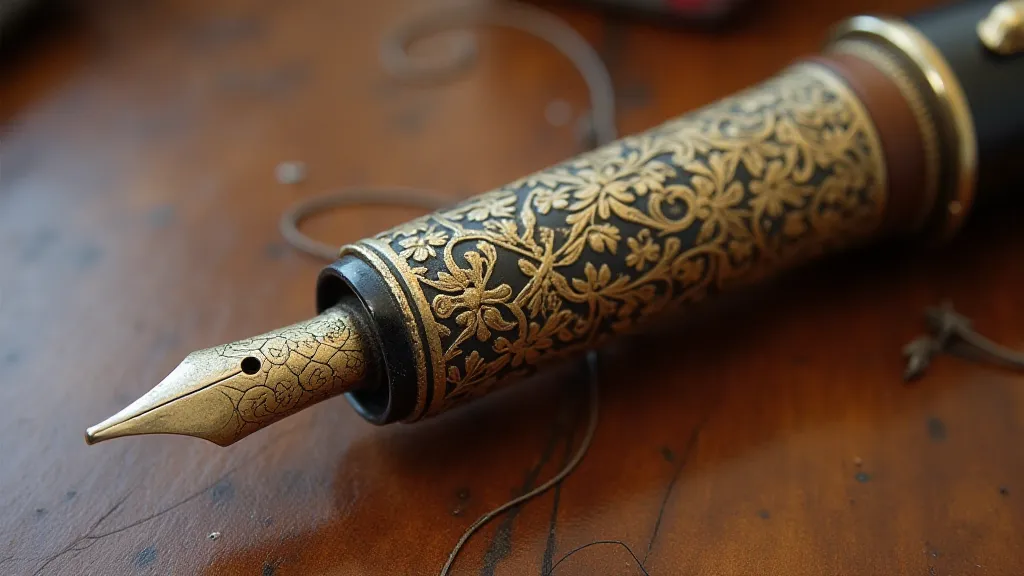
Preserving the Inscription: A Restorer’s Responsibility
The most crucial aspect of deciphering an inscription is ensuring its preservation during the restoration process. Harsh chemicals and abrasive cleaning methods can damage delicate engravings, rendering them illegible.
Gentle Cleaning: Start with mild soap and warm water. A soft-bristled brush can help to remove surface grime. Avoid using harsh solvents or abrasive polishes.
Protective Coating: In some cases, a thin layer of wax or sealant can help to protect the inscription from further damage. However, this should only be done by experienced restorers, as improper application can worsen the condition of the engraving.
Photography and Documentation: Before beginning any restoration work, thoroughly photograph the inscription. This provides a valuable record of its original condition, allowing you to track any changes over time.
The Echoes Remain
Restoring a vintage calligraphy pen isn't just about mechanics; it's about unlocking a story. It’s about holding a piece of history in your hands and feeling a connection to the person who once used it. By carefully deciphering and preserving the inscriptions, we give voice to those echoes, allowing their stories to resonate for generations to come. Each restored pen isn't just an object; it’s a testament to the enduring power of craftsmanship, personal expression, and the human desire to leave a mark on the world.
